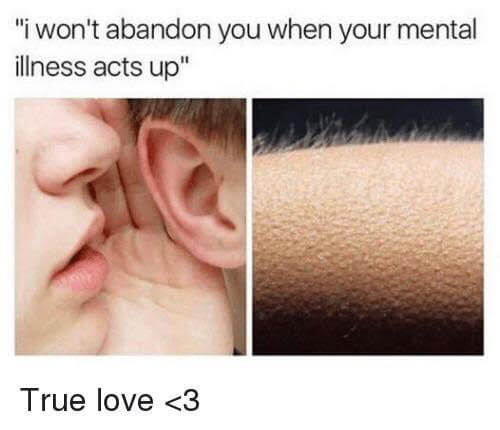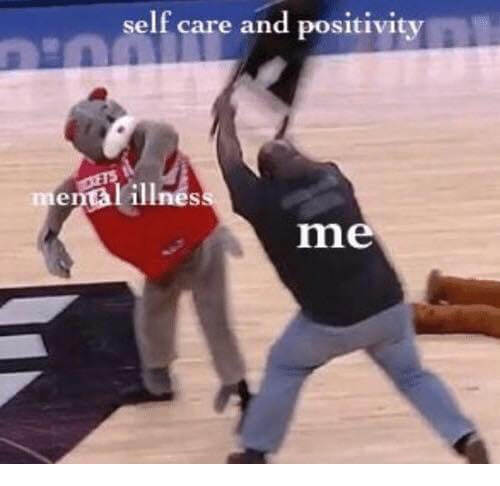Addiction is a challenging and multifaceted issue that deeply impacts individuals and their families. Within the LGBTQIA+ community, these challenges are often compounded by discrimination, stigma, and limited access to affirming resources. Family support plays a critical role in the success of drug interventions, offering a foundation for understanding, healing, and recovery.
At Intervention.com, we specialize in creating inclusive and compassionate drug interventions for the LGBTQIA+ community. Our programs emphasize the importance of family involvement in fostering long-term recovery, especially for alcohol interventions and drug intervention services in California.
The Unique Challenges of Addiction in the LGBTQIA+ Community
Substance use and addiction disproportionately affect the LGBTQIA+ community due to a combination of societal, interpersonal, and individual factors. Understanding these challenges is key to creating effective and supportive interventions.
Stigma and Discrimination
LGBTQIA+ individuals often face rejection, bullying, and prejudice. These experiences can lead to feelings of isolation and emotional pain, which may increase vulnerability to substance use.
Trauma and Mental Health Concerns
Trauma is prevalent within the LGBTQIA+ community, often stemming from family rejection, societal discrimination, or experiences of violence. Co-occurring mental health conditions such as anxiety, depression, and PTSD are common and can exacerbate addiction.
Lack of Affirming Support
Many addiction treatment programs fail to address the unique needs of LGBTQIA+ individuals, creating barriers to recovery. This underscores the importance of culturally competent care and family involvement.
The Importance of Family Support in Drug Interventions
Family plays a central role in the recovery process, providing emotional support, accountability, and encouragement. For LGBTQIA+ individuals, affirming family involvement can help counteract feelings of rejection and isolation, creating a stronger foundation for recovery.
Rebuilding Trust and Communication
Addiction often strains family relationships. Drug interventions provide an opportunity to rebuild trust and improve communication, fostering a supportive environment for recovery.
Providing Emotional Stability
Recovery is a long and often difficult journey. Having a supportive family can offer the emotional stability and encouragement needed to stay on track.
Addressing Family Dynamics
Family dynamics can influence addiction and recovery. Interventions help families identify and address patterns that may contribute to substance use, creating healthier relationships.
Encouraging Treatment Commitment
A united family can be instrumental in encouraging their loved one to commit to treatment and follow through with their recovery plan.
How Family Support is Tailored in Drug Interventions for the LGBTQIA+ Community
Family support in drug interventions for the LGBTQIA+ community must be affirming, inclusive, and sensitive to the unique experiences of LGBTQIA+ individuals.
Key Components of LGBTQIA+-Focused Family Support
- Education and Awareness
Families are educated about the challenges their loved one may face as an LGBTQIA+ individual struggling with addiction. This includes understanding how discrimination, trauma, and stigma impact mental health and substance use. - Affirming Language and Practices
Intervention specialists ensure that families use correct pronouns, chosen names, and affirming language to foster a safe and supportive environment. - Healing from Rejection
Addressing past instances of rejection or misunderstanding is critical. Families are guided in rebuilding trust and creating a more inclusive and supportive dynamic. - Connecting to LGBTQIA+-Affirming Resources
Families are connected to support groups, therapy, and other resources designed specifically for LGBTQIA+ individuals and their loved ones.
Alcohol Interventions and the Role of Family Support
Alcohol addiction is prevalent within the LGBTQIA+ community, often linked to environments where alcohol is normalized or used as a coping mechanism. Family support plays a vital role in addressing alcohol addiction, providing both accountability and encouragement throughout the recovery process.
Strategies for Effective Alcohol Interventions
- Open and Compassionate Communication
Families are encouraged to approach their loved one with empathy and understanding, focusing on expressing concern rather than blame. - Immediate Action Plans
A well-structured intervention includes a plan for immediate treatment, ensuring a smooth transition into recovery. - Ongoing Family Involvement
Families are guided to participate in therapy and support groups, helping to sustain their loved one’s recovery journey.
How Intervention.com Supports Families in California
California is a leader in providing LGBTQIA+-affirming addiction recovery services, making it an ideal location for family-centered drug interventions. At Intervention.com, we offer tailored support to ensure that families are empowered to play an active role in their loved one’s recovery.
Why Choose Intervention.com for Drug Intervention in California?
- Culturally Competent Care
Our team is experienced in addressing the unique needs of LGBTQIA+ individuals and their families, ensuring that every intervention is inclusive and affirming. - Expert Intervention Specialists
Led by Brad Lamm, CIP, our specialists bring extensive expertise and compassion to every case, creating a safe space for healing and recovery. - Comprehensive Family Support
From education to ongoing counseling, we provide families with the tools they need to support their loved one’s recovery effectively. - Access to Affirming Resources
We connect clients and their families to LGBTQIA+-friendly treatment centers and support networks, ensuring continuity of care.
Evidence-Based Practices in Family-Centered Interventions
Family-centered interventions are most effective when they incorporate evidence-based practices tailored to the individual’s needs.
Therapies Commonly Used in LGBTQIA+-Focused Interventions
- Cognitive Behavioral Therapy (CBT)
Helps individuals and families identify and change thought patterns that contribute to addiction. - Family Systems Therapy
Addresses family dynamics that may influence addiction and recovery, fostering healthier relationships. - Trauma-Informed Care
Recognizes and addresses the impact of past trauma, creating a foundation for holistic healing. - Motivational Interviewing (MI)
Encourages individuals to explore their readiness for change, empowering them to take the first steps toward recovery.
The Long-Term Benefits of Family Support
Family involvement in drug interventions has lasting benefits for both individuals and their loved ones.
How Family Support Enhances Long-Term Recovery
- Improved Relationships
Families that participate in interventions often experience strengthened relationships and better communication. - Sustainable Recovery
Having a supportive family network increases the likelihood of sustained sobriety and overall well-being. - Holistic Healing
Interventions that involve families address not only addiction but also the emotional wounds that contribute to it, promoting holistic healing.
Breaking the Cycle of Stigma and Addiction
Stigma remains one of the biggest barriers to recovery for LGBTQIA+ individuals. Family support is critical in breaking this cycle by fostering understanding, acceptance, and encouragement.
Strategies to Overcome Stigma
- Education and Awareness Campaigns
Families are encouraged to participate in educational initiatives to better understand addiction and LGBTQIA+ issues. - Engaging in Open Conversations
Honest and empathetic dialogue helps reduce shame and promotes a supportive environment for recovery. - Advocating for Inclusivity
Families can play an active role in advocating for inclusive addiction recovery resources, helping to create systemic change.
Take the First Step Toward Recovery
The role of family support in drug interventions for the LGBTQIA+ community cannot be overstated. At Intervention.com, we are committed to empowering families to play an active role in their loved one’s recovery, offering compassionate and inclusive care every step of the way.
If you or a loved one is struggling with addiction, contact us today. Together, we can create a pathway to healing and recovery that honors and affirms every individual’s unique identity.

















